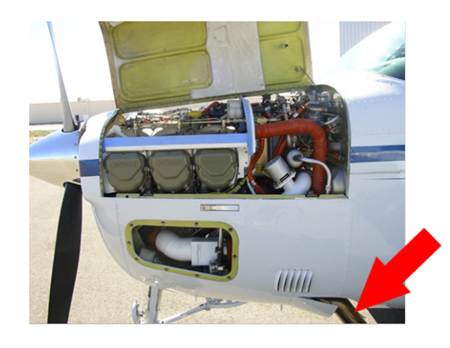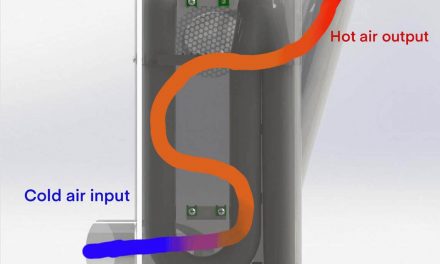The FAA has issued a Special Airworthiness Information Bulletin, in the form of a Best Practices Guide, regarding failure of v-band couplings used in exhaust systems on turbocharged aircraft.
This Best Practices Guide presents a summary of one of the recommendations developed during the national V-band Coupling/Clamp Working Group effort. It was driven by the General Aviation Joint Steering Committee (GAJSC) System Component Failures – Power Plant (SCF-PP) working group initiative to investigate the continued failures of turbocharger exhaust to tailpipe V-band coupling/clamps.
This guide presents the “best practices” necessary to ensure airplanes equipped with turbocharged reciprocating engines fitted with turbocharger to tailpipe V-band coupling/clamps, remain in their original type design configuration. It will also help to effectively manage the risk associated with the use of V-band coupling/clamps in this application.
The national V-band Coupling/Clamp Working Group examined a wide range of products and configurations in developing this Best Practice Guide. The scope of the working group effort included:
- A history of V-band coupling/clamp failures dating from the 1970’s
- Approximately 18,000 applicable aircraft in the existing fleet
- At least eight turbocharged reciprocating engine-powered aircraft currently in production
- Single and multi-engine airplanes & single engine rotorcraft from:
- Commander Aircraft
- Enstrom Helicopter
- Mooney Aircraft
- Piper Aircraft
- Textron Aviation, Inc. (Cessna & Beechcraft)
- Turbocharged reciprocating engines from:
- Continental Motors
- Lycoming Engines
- Type certificated (TC) products
- Supplemental type certificated (STC) products
- Multiple Original Equipment Manufacturers (OEM) of V-band coupling/clamps
- Parts Manufacturing Approval (PMA) replacement V-band coupling/clamps




